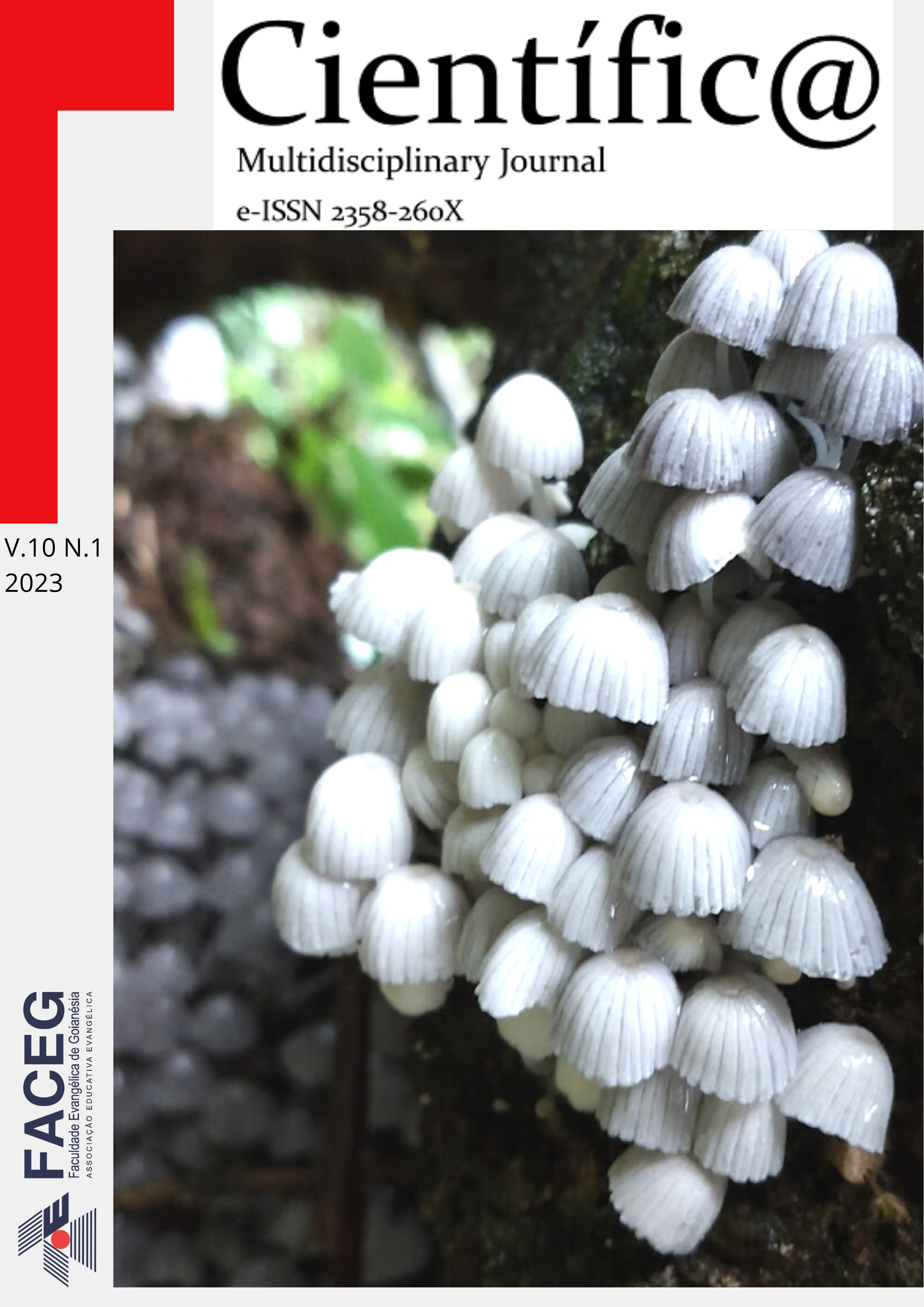MICROBIOLOGICAL AND PHYSICOCHEMICAL QUALITY OF TAMARIND JELLY BASED ON DIFFERENT TYPES OF SUGARS
DOI:
https://doi.org/10.37951/2358-260X.2023v10i1.6439Abstract
Tamarind (Tamarindus indica L.) is an arboreal, multipurpose plant, being considered an important food source, due to the pulp of the fruit, which can be consumed in natura or used in the preparation of juices, ice creams, liqueurs and sweets. its acidic taste and high amount of calories. Its pulp is rich in vitamins A and C, fiber, antioxidants and minerals, and is indicated for eye and heart health care. Given the above, the objective of this work was to develop a product based on tamarind pulp, evaluating the microbiological and physicochemical quality. Four formulations were made, varying the sugars: F1 (50% crystal sugar), F2 (50% refined sugar), F3 (50% brown sugar), F4 (50% demerara sugar). The parameters of pH, titratable acidity, moisture, total solids, ash and soluble solids were evaluated (°Brix would be the unit). Coliforms were also evaluated at 35°C and 45°C (NPM/g) in the different formulations of tamarind jelly. The results of these analyzes were submitted to statistics and analysis of variance and Tukey's test at a significance level of 5% using the SISVAR program. The results of the microbiological analyzes indicated that the tamarind jellies were in accordance with the parameters established by Brazilian legislation. The choice of sugar for making the jelly directly affected some factors such as acidity, humidity and total solids, factors that influence the viscosity and flavor of the jelly, in addition the choice of sugar influenced the cost of production because the different types of sugars used have very different prices. Therefore, taking into account all the factors mentioned above and the fact that crystal sugar is the most used in national cuisine, tamarind jelly based on crystal sugar is indicated for manufacturing due to its physicochemical characteristics.
KEYWORDS: Jam. Tamarind. Fruit. Sugar.
Downloads
Published
How to Cite
Issue
Section
License
Esta revista oferece acesso livre imediato ao seu conteúdo, seguindo o princípio de que disponibilizar gratuitamente o conhecimento científico ao público proporciona maior democratização mundial do conhecimento.
A partir da publicação realizada na revista os autores possuem copyright e direitos de publicação de seus artigos sem restrições.
A Revista Científic@ - Multidisciplinary Journal segue os preceitos legais da licença Creative Commons - Atribuição-NãoComercial 4.0 Internacional. 

